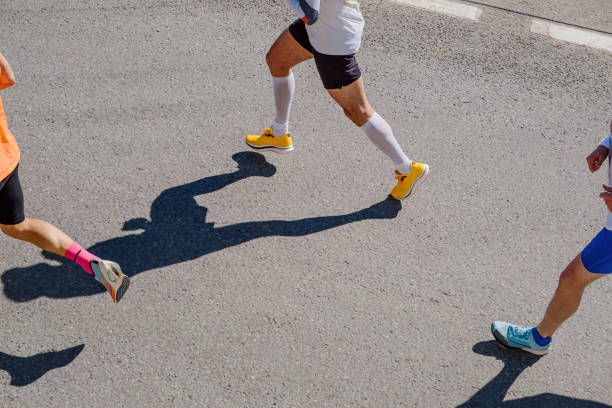Running is a popular and effective way to burn calories and improve physical fitness. But just how many calories does running burn, and how does this number vary based on factors such as distance, speed, and the runner’s weight and age? In this article, we will explore these questions and provide a comprehensive guide to understanding how many calories are burned while running.
First, let’s define what we mean by “calories.” Calories are a unit of energy, and in the context of nutrition, they refer to the amount of energy required to fuel the body’s functions and physical activity. When we eat and drink, we consume calories, and when we engage in physical activity, such as running, we burn calories. If we consume more calories than we burn, we may gain weight, while burning more calories than we consume can lead to weight loss.
Now, let’s consider how many calories are burned while running. The number of calories burned while running depends on several factors, including the distance covered, the speed at which the run is completed, and the runner’s weight and age. Here is a breakdown of how these factors can affect the number of calories burned:
Distance: The longer the distance covered during a run, the more calories will be burned. This is because running for a longer period of time requires more energy and therefore burns more calories.
Speed: The faster the run is completed, the more calories will be burned. This is because running at a faster pace requires more energy and therefore burns more calories.
Weight: A heavier person will burn more calories while running than a lighter person, because a heavier body requires more energy to move.
Age: As we age, our metabolism naturally slows down, which means we burn fewer calories at rest and during physical activity. This means that older runners may burn fewer calories while running than younger runners.
So, how can we calculate the number of calories burned while running? There are several online calculators and formulas that can help us estimate the number of calories burned while running. One popular formula is the “MET” (metabolic equivalent of task) method, which estimates the number of calories burned based on the intensity of the activity, the duration of the activity, and the runner’s weight.
For example, let’s say a 150-pound person runs a 10-minute mile for 30 minutes. According to the MET method, this activity would burn approximately 207 calories. Here’s the calculation:
(10-minute mile * 6 METs * 30 minutes) / 200 = 207 calories
Keep in mind that this is just an estimate, and the actual number of calories burned may vary depending on the individual runner’s metabolism and other factors.
Now that we have a general understanding of how many calories are burned while running, let’s consider some specific examples. Here are the approximate number of calories burned by a 150-pound person running at various distances and speeds:
1 mile at a 10-minute pace: 207 calories
1 mile at an 8-minute pace: 259 calories
5k (3.1 miles) at a 10-minute pace: 635 calories
5k at an 8-minute pace: 798 calories
10k (6.2 miles) at a 10-minute pace: 1270 calories
10k at an 8-minute pace: 1595 calories
As you can see, the number of calories burned while running can vary significantly depending on the distance covered and the speed at which the run is completed. A longer distance or faster pace will burn more calories, while a shorter distance or slower pace will burn fewer calories.
To get the most out of running and maximize calorie burn, it’s important to vary your running routine and incorporate different speeds, distances, and terrain. Interval training, where you alternate between high-intensity bursts and lower-intensity recovery periods, can also be an effective way to boost calorie burn and improve overall fitness.
It’s also important to pay attention to proper form and technique when running. Good posture and proper foot strike can help reduce the risk of injury and improve efficiency. Wearing appropriate shoes and taking the time to warm up and cool down can also help reduce the risk of injury and improve running performance.
Overall, running is a great way to burn calories and improve overall health and fitness. By using a calorie calculator or formula and incorporating variety and proper form into your running routine, you can effectively burn calories and reap the many benefits of this popular cardiovascular exercise.

 Home
Home Health
Health Diet & Nutrition
Diet & Nutrition Living Well
Living Well More
More












